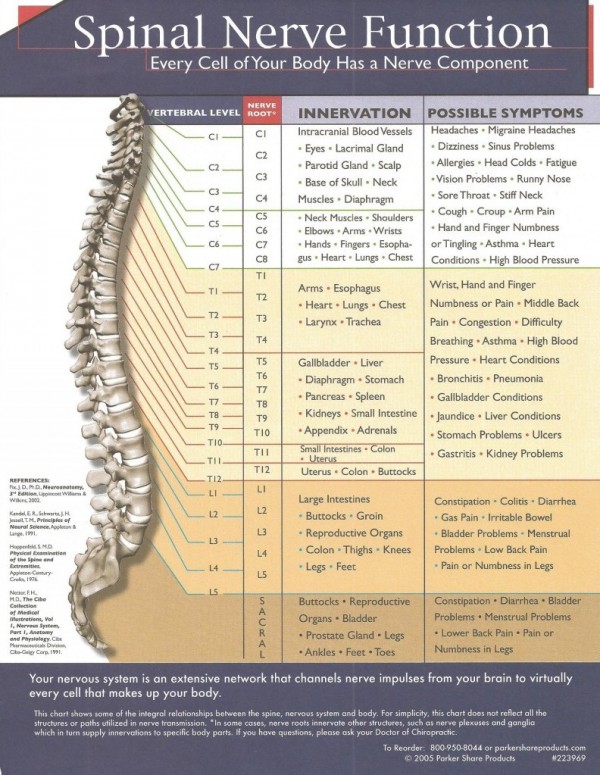

have shown that multi-vertebral traits can significantly increase the length of the body (and carcass) ( Donaldson et al., 2013 Donaldson et al., 2014). A study of European sheep breeds (Texel, Scottish Blackface, Texel × Mule, and Poll Dorset × Mule) by Donaldson et al. found that adding a thoracic or lumbar spine can increase the length of the Mongolian sheep spine by 2.4 or 3.5 cm, and multi-spine Mongolian sheep can affect the meat production of sheep by improving carcass length, carcass weight, length of the dorsal longus, and eye muscle area ( Chen et al., 2012 Zhang and Si, 1997 Zhang et al., 1998). There is rich variation in the number of vertebrae in sheep as well as pigs. In addition, the number of vertebrae is genetically related to the number of teats, which contributes to improving the maternal capacity of livestock ( Duijvesteijn et al., 2014 Lopes et al., 2014). Variation in the thoracolumbar region has been reported for commercial choice in pig breeding, and selection for such variation succeeded in raising the vertebral number and meat production of the bacon pig ( Berge, 1948 Galis, 1999 Vasiliou et al., 2000 Hirose et al., 2013 Molofsky et al., 2013 Burgos et al., 2015 Yang et al., 2016 Brito et al., 2017 Duan et al., 2018). However, variation in the number of thoracolumbar vertebrae regions has been observed in humans ( Jones and German, 2014), pigs ( King and Roberts, 1960), and mice ( Zhu et al., 2012). The number and morphology of vertebrae are usually conserved in a given species. The mammalian spine is divided into different vertebral regions based on morphology and function along the head-to-tail axis, and these regions include the cervical (C), thoracic (T), lumbar (L), sacral (S), and caudal (Cd) regions ( Schimandle and Boden, 1994). A genome-wide comparison between sheep with increased and normal numbers of thoracic vertebrae showed that the VRTN gene is the major selection locus for the number of thoracic vertebrae in sheep and has the potential to be utilized in sheep breeding in the future. Further investigation indicated that the expression level of the VRTN gene during fetal development was significantly higher in sheep with more thoracic vertebrae than in those with a normal number of thoracic vertebrae. The most prominent areas of selective elimination were located in a region of chromosome 7, including VRTN, which regulates spinal development and morphology. We identified a total of 42,075,402 SNPs and 11 putatively selected genomic regions, including the VRTN gene and the HoxA gene family that regulate vertebral development. We generated and sequenced 60 pools of genomic DNA (each pool prepared by mixing genomic DNA from 10 sheep with the same thoracic traits), with an average depth of coverage of 25.65×. To detect the candidate genes, 400 increased number of thoracic vertebrae (T14L6) and 200 normal (T13L6) Kazakh sheep were collected. However, the genetic basis of vertebrae number in sheep is still poorly understood. The number of vertebrae, especially thoracic vertebrae, is an important economic trait that may influence carcass length and meat production in animals. 3College of Animal Science and Technology, Northwest A&F University, Xianyang, China.2College of Animal Science and Technology, Shihezi University, Shihezi, China.1College of Life Sciences, Shihezi University, Shihezi, China.

Cunyuan Li 1,2†, Ming Li 3†, Xiaoyue Li 1†, Wei Ni 1*, Yueren Xu 1, Rui Yao 1, Bin Wei 3, Mengdan Zhang 1, Huixiang Li 1, Yue Zhao 3, Li Liu 1, Yaseen Ullah 1, Yu Jiang 3* and Shengwei Hu 1*


 0 kommentar(er)
0 kommentar(er)
